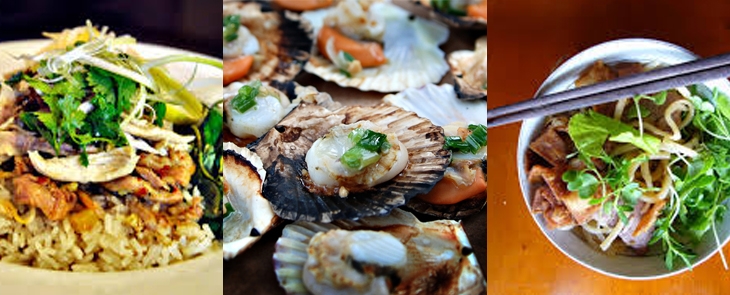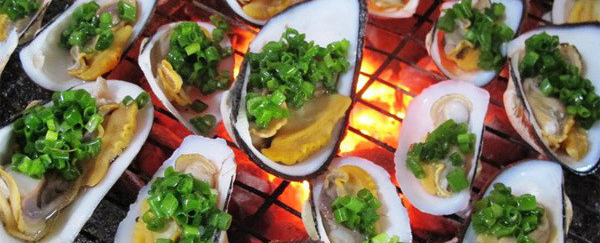A GASTRONOMIC JOURNEY IN VIETNAM – part 4, Hoi An
2After Hanoi, Ho Chi Minh City, and Hue, here comes the last part of our series, Hoi An and its multi-influences cuisine. Vietnam made its reputation as a popular tourist destination worldwide through scenic roads, legendary landscapes, and a very rich and diverse culture. These are still the main assets for the country to attract international visitors. But a new trend is emerging in the tourism sphere, we call it experiential travel. People do travel to see things and to feel away from home. But they focus more and more on the experiences to be lived. They do not visit the country anymore, they experience it. And in Vietnam, gastronomy is certainly one of the first things to put on your to-experience list. Follow our A Gastronomic Journey in Vietnam series to get some hints about the top-local-food-experiences per city.
Hoi An, seafood and street food

Let’s start with the obvious, an iconic dish of Hoi An, the Cao Lau. Cao Lau is a noodle-based dish served with barbecue-grilled and sliced pork, green leaves and herbs, bean sprouts, and crunchy croutons. The origins of this dish are unknown and may come from a Sino-Japanese influence [noodles remind the Soba noodles of Japan while the pork is cooked and chopped in a way that is a tradition in China]. The legend says that proper Cao Lau noodles must be made with water from one single special well of Hoi An that was dug by Cham people. The Ba Le well. The water is then mixed with ashes of a special kind of tree that can only be found on the Cham Islands. There are hundreds of Cao Lau shops in Hoi An. If we had to recommend one, it would probably be Anh Ty mobile stand set every day from 4.30 pm at the corner of a lane off Phan Chu Trinh Street to the West of Le Loi street.
There are other popular noodle-based dishes in Hoi An like the Mi Quang or the White Rose Dumplings. But if you want to take a break from noodle, then you have to try the Chicken Rice. Some rice cooked in chicken broth with a touch of turmeric for the color. And some chicken, shredded and mixed with chopped herbs, sliced onions, and spices. This dish can’t go without toppings of peppermint, shredded green papaya, and pickled vegetables. One of the best places to taste this colorful and fragrant dish is Com Ga Ba Buoi, located at 22 Phan Chu Trinh and serving the delicacy since the 1950s.
Finally, let’s not forget that Hoi An is a port town with river waterways and a nice coastline. Fresh and diverse Seafood can be eaten around the town and at the beach. Shrimps, prawns, crabs, fishes, clams, squids… There are plenty of choices. Many restaurants as well but we advise you to go to An Bang beach. Seafood restaurants there are excellent and prices remain reasonable.

To venture off the classic spots and try some real local food, embark with us on a culinary adventure riding vintage Vespa or Jeep.
And for any other hint, you may need about where to eat and what to eat in Vietnam, feel free to drop us a line at info@handspan.com
__logo.png)
__hanoi-water-puppets.jpg)
__angkor-wat-blue-reflections.jpg)
__vientiane-buddha-park-monks.jpg)
